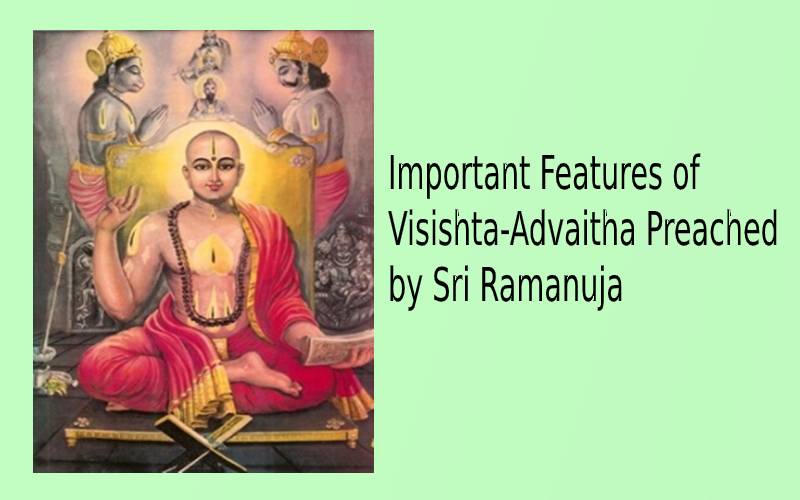
All the Vedic statements are important. It is improper to discriminate Vedic statements as important and unimportant. Statements, which differentiate (bedha vaakyaas) do contain very differing features between Brahman and the world. Likewise, statements, which do not differentiate (abedha vaakyaas) the differing features between Brahman and the world of jivas (living entities) and the non-living entities do occur and they speak of the one-ness of Brahman and the world. It is important to reckon any Vedic statement as unimportant just because such statements are less in number. It is noteworthy that the Vedas have a third type of statement, which resolve the superficial contradictions of the two types of statements, namely those differing (bedha) and the non-differing (abedha) statements. What are they?
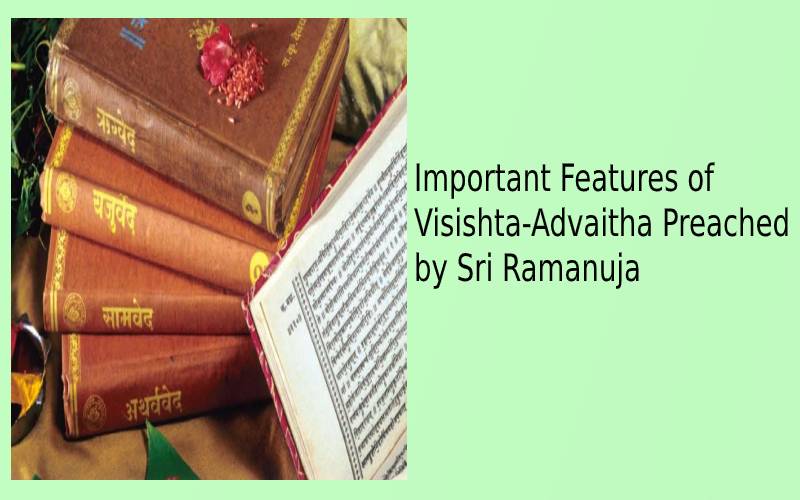
These are the compound statements (Ghataka Vaakyaas), which reconcile two or more of the opposing contentions. “As the indwelling spirit of all things in the world, Lord Narayana, the Brahman, contains everything in the world, Lord Narayana, the Brahman, contains everything in the world as part of His body. He is the ‘sareeri’ (who contains) and the world of sentient and non-sentient things are His ‘sareera’ (body or that which is contained). Therefore Narayana, the sareeri and the world as His sareera (body) are statements of one-ness and they are important.
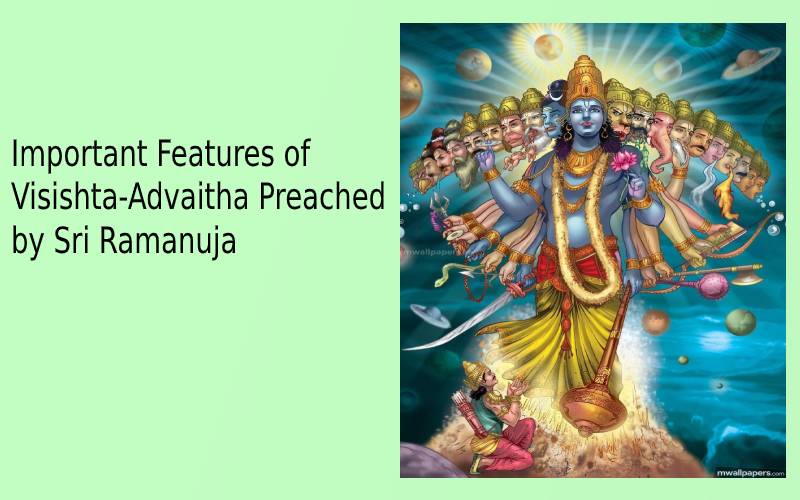
Further, Narayana, during the time of dissolution contains the world in its subtle (sookshma) form within Himself and at the time of creation or re-creation. He contains the subtle world in its gross (sthoolaa) form as part of His body. Therefore, He is both the cause (Kaarana) and the resultant effect (Kaarya). He as the cause of the world is identifiable by the world caused by Him. When we say, “This is mud pot” or earthen, we do identify the earth as the cause and the pot, which is the product of the act of causing. In the same manner, Narayana, the cause and the world, which is His causative effect are one and the same and such Vedic statements are important. Therefore, the Vedas do urge the consideration of all statements as important and wholeheartedly patronizes the understanding of the world consisting of sentient and non-sentient things as qualitatively belonging to the Brahman. This is known as ‘Visishta-Advaitha’ or qualitative monism.
Further, Narayana, the Brahman is endowed with auspicious qualities (Kalyaana gunas) .
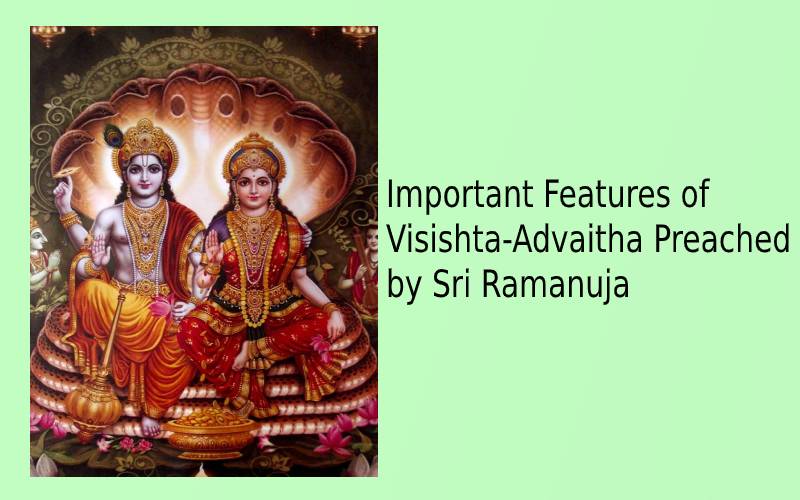
He is above such coarse attributes like, sathva (sober and stable), rajasa (aggressive and unstable), and thamasa (crude and primitive), which are part of the non-sentient. Vedic statements which associate Brahman with attributelessness or ‘Nirguna’, contend that Narayana is bereft of such low attributes. The Vedic statements which contend that Narayana possesses qualities like knowledge (gnyana), energy (sakthi), strength (bala) etc. cannot be removed with statements, which speak about attributelessness (nirguna).
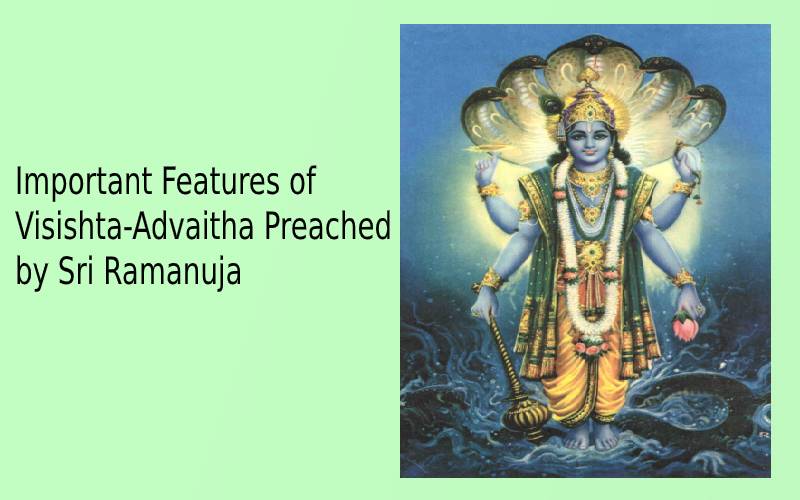
“Apahatha paapma vijaro vimruthyur visoko vijithsakaha: apipasaha, sathya kaamaha, sathya sankalpaha.” (Chandogya Upanishad: 8 – 7 – 1). This means, He by His will is sinless, free from pettiness, deathless, sorrowless, hungerless, thirstless, and is ever endowed with auspicious qualities without any obstacles. These Vedic statements assert that the Supreme Lord is free from petty qualities but possesses auspicious qualities. It is clear from these Vedic statements of attributelessness (nirguna) that the Supreme Lord does not possess such qualities.
Therefore, the commissions and the omissions of the advaithists like discarding the Vedic assertions of the Supreme Lord of attributes with statements of attributelessness or the discard of differential statements with non-differential statements and the Dwaithist’s attempts to render the non-differential statements as unimportant with differential statements are improper. It becomes abundantly clear that the religion of qualified monism (Visishta-Advaitha) gives importance to all the statements of the Vedas. It considers all the Vedic statements comprehensively. It is a synthesis of all Vedic utterances excluding none!
(Extracts from the book, ‘Two Fold Vedic Vision’ by Sridharan Kidambi Based on Sudarsanar’s 1008 CATECHISMS – IN TAMIL)
NEXT ARTICLE

In the lush, green heart of Kerala lived an elephant who became a living legend - a tale of an elephant turned into a bakth. His name was Keshavan, bu...

In the early days of cinema, both silent and talkie films thrived on puranas and ithihasas. However, as the years passed, especially by the late 1950s...

Life often presents us with choices that test our resolve, faith, and priorities. Attending the Prana Pratishtha of the Ram Lalla in Ayodhya had alway...